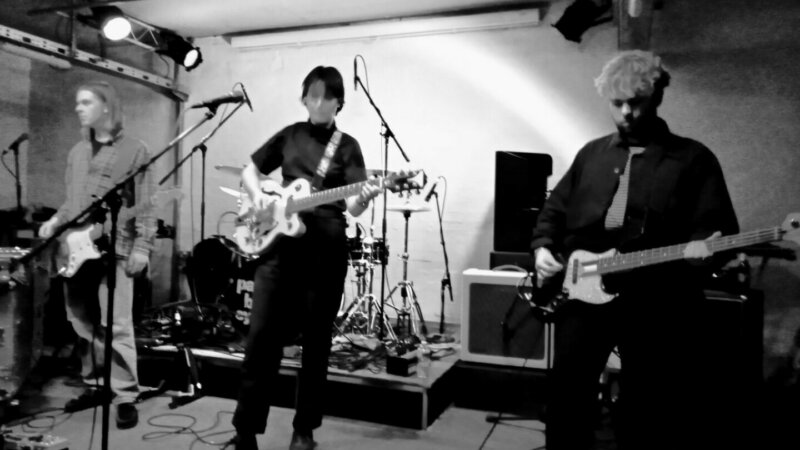Sound
Big Audio Dynamite.
Last month, Site Gallery played host to Unsound Systems, an installation exploring the various ways that sound has been utilised as a weapon. Created by Hyperdub founder Steve Goodman (a.k.a. Kode 9) and research partner Toby Heys, the project's aim was to expose how sound has been used as a form of disturbance, deterrence and destruction for the best part of the last century, creating a climate of fear.
The installation included an audio documentary with sound clips from an array of musicians and theorists including Genesis P.Orridge (Throbbing Gristle), Hank Shocklee (Public Enemy) and writer Kodwo Eshun. Both Heys and Goodman visited the gallery to discuss the project in more depth, accompanied by clips of documentaries on a number of related topics.
One such clip was taken from the documentary Wandering Souls, named after a tactical endeavour by the US army in Vietnam which saw them amplify ghostly recordings of 'fallen comrades' into rural areas occupied by oppositional forces. The hope was to exploit the Buddhist superstitions of Vietcong troops, hidden in the jungle at night, to convince them to surrender. At best the operation served as an effective form of sleep deprivation and was perhaps not quite the convincing haunting that was intended.
Another clip introduced an amplification device which can channel direct audio in a way never seen before, concentrating sound waves in a particular direction. Outside the range of the waves the sound transmitted is inaudible, but within them it is deafening. However sinister, the commercial possibilities for such a device are exciting. Headphones could soon be a thing of the past.
Much of the focus of Unsound Systems was on extremes, being pushed to sensory boundaries that would otherwise never be reached. This is referred to as the field of unsound - frequencies below 20Hz and above 20,000Hz, the range of human hearing. During the duo's exhibition in Berlin, visitors encountered frequencies so low that they induced sickness. Unfortunately, there was no mention of the notorious brown note, whose reputation precedes it. The note's infrasonic power massages the listeners' bowels to such a degree that...well, you can imagine the rest.
The explicit transmission of sound can intimidate and is easily identifiable as a threat, but new breakthroughs in technology mean that often these are unidentified and can lead to disruptive psychological effects. Along with its destructive potential, sound has the ability to hypnotise and ritualistically control its subjects. In particular, heavy metal has fallen prey to various accusations of subliminally inciting violent activity. Judas Priest were famously accused of including a subliminal message condoning suicide in 'Better By You, Better Than Me', which supposedly caused two intoxicated teens to shoot themselves.
From supermarket and elevator muzak to playing Barry White to create a sexy atmosphere, we have to recognise these simple ways in which sound is implemented to realise that militant use of noise and civilian practise is much the same thing.
The point of Unsound System is not to moralise or to spread paranoia, but to make us aware of how we are manipulated by sound, not just by music but by all sorts of indecipherable noise; the constant buzz of technology that we barely notice and never ceases, a subconscious hum which is almost impossible to acknowledge unless you possess a bat-like sense of acute hearing.
We are all fascinated by the concept of music being internalised within us. Why else would we acquire technology that directly plants it into our heads to drown out external noise? It produces a physical effect that crosses the line between technology and biology. This idea expounds the correlation between the evolution of mankind and technology.
Given the chance, most people would have an archive of music planted into their brain. The thought of leaving their MP3 player at home is unbearable, but perhaps we should listen to the background noise and appreciate the sounds that surround us, ones that are natural and that we know aren't being manipulated - or at least we're under the illusion that they aren't.
For a far more in-depth and fascinating read, it's worth picking up Steve Goodman's book, Sonic Warfare: Sound, Affect, and the Ecology of Fear. )





